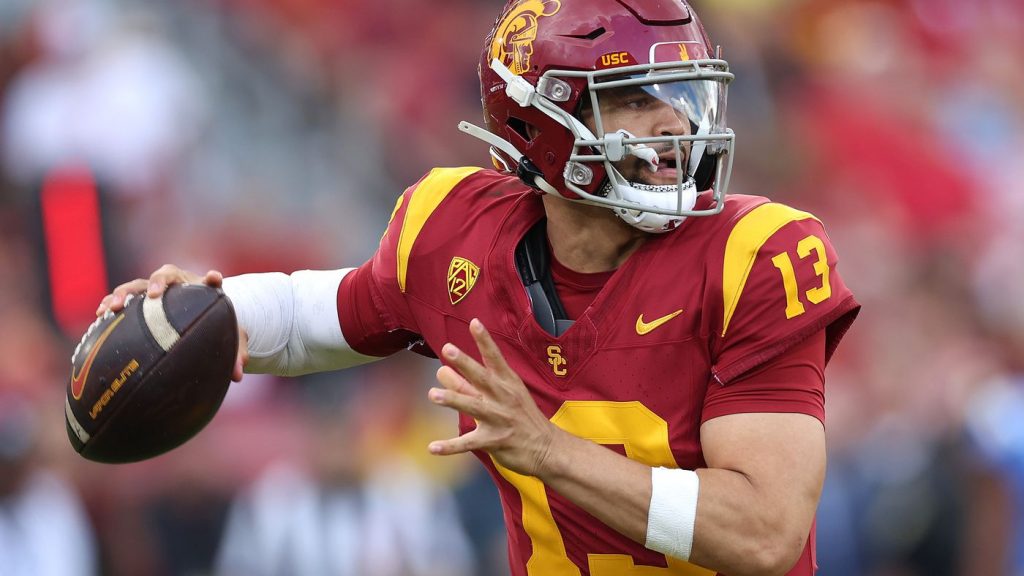
In the world of sports,Unsuccessful Draft Pick is a pivotal event where teams select players to join their ranks, with hopes of bolstering their rosters and achieving success. However, not every draft pick yields the desired results. In fact, some picks turn out to be unsuccessful, failing to live up to expectations and leaving teams and fans disappointed. In this article, we delve into the concept of unsuccessful draft picks, exploring the reasons behind them and their implications for teams and players alike.
Table of Contents
ToggleThe Significance of Draft Picks
What are Draft Picks?
Draft picks are selections made by sports teams during draft events, where they choose players to join their team. These picks are often based on various factors such as talent, performance, potential, and team needs.
The Importance of Draft Picks
Draft picks are crucial for teams as they represent an opportunity to improve their roster. A successful draft pick can have a significant impact on a team’s performance, contributing to victories, championships, and long-term success.
Understanding Unsuccessful Draft Picks
Defining Unsuccessful Draft Picks
An unsuccessful draft pick refers to a selection that does not meet expectations or fails to deliver the desired results. This could be due to various reasons, including poor performance, injuries, lack of fit within the team’s system, or off-field issues.
Factors Contributing to Unsuccessful Draft Picks
Several factors can contribute to a draft pick being deemed unsuccessful. These include
- Injuries: A player’s health plays a crucial role in their ability to perform. Injuries sustained before or during their professional career can hamper their effectiveness on the field and limit their impact.
- Mismatch of Skills and Team Needs: Sometimes, a player’s skills may not align with what the team requires, leading to a lack of fit within the roster and a diminished role within the team.
- Off-field Issues: Personal problems, disciplinary issues, or behavioral concerns can negatively affect a player’s performance and disrupt team chemistry, ultimately leading to their downfall.
- Lack of Development: Some players may struggle to adapt to the professional level or fail to improve their skills over time, resulting in stagnation or regression in their performance.
The Impact of Unsuccessful Draft Picks
Team Performance
Unsuccessful draft picks can have a detrimental effect on a team’s performance. When a highly touted prospect fails to live up to expectations, it can weaken the team’s overall depth and talent level, making it harder to compete against opponents.
Financial Implications
Teams invest significant resources in scouting, drafting, and developing players. When a draft pick fails to pan out, it represents a wasted investment of time, money, and effort, which can impact the team’s finances and long-term sustainability.
Fan Perception and Expectations
Fans have high expectations for draft picks, especially those selected early in the draft. When these picks fail to meet expectations, it can lead to frustration, disillusionment, and decreased fan engagement, affecting attendance, merchandise sales, and overall team morale.
Strategies to Avoid Unsuccessful Draft Picks
Comprehensive Scouting:
Thorough scouting is essential to identify players with the talent, skills, and character traits needed to succeed at the professional level. Teams must conduct extensive research and evaluation to make informed decisions during the draft process.
Focus on Fit:
Teams should prioritize selecting players who not only possess the necessary talent but also fit well within the team’s system, culture, and playing style. Finding players who complement existing roster strengths and address areas of need is crucial for long-term success.
Risk Management:
While taking calculated risks can sometimes lead to big rewards, teams must also consider the potential downside of selecting high-risk prospects. Balancing upside potential with risk mitigation strategies can help minimize the likelihood of drafting busts.
Conclusion
Unsuccessful draft picks are an inevitable part of sports, but understanding the factors contributing to them can help teams mitigate their impact and make more informed decisions in the future. By prioritizing thorough scouting, focusing on fit, and practicing risk management, teams can improve their chances of drafting players who contribute positively to their success on and off the field. Ultimately, the draft remains a crucial mechanism for teams to build and sustain competitive rosters, and learning from past mistakes is essential for continued growth and success in the ever-evolving world of sports.



